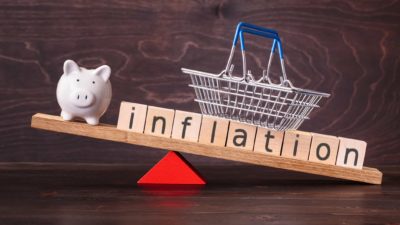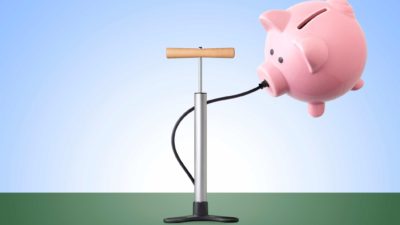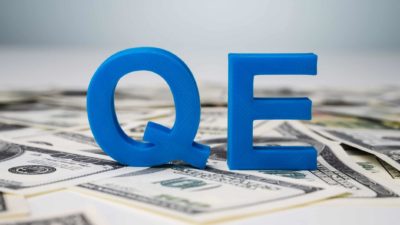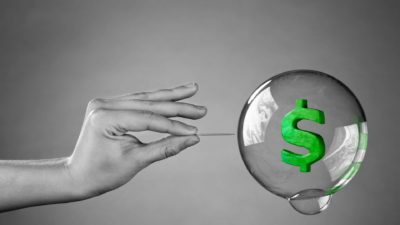A lot has been made recently about the high prices of many shares – both on the ASX and around the world. Like, a lot. ASX share market news has been dominated in recent months by stories like that of Afterpay Ltd (ASX: APT), up more than 700% since 23 March. Or Sezzle Inc. (ASX: SZL), up more than 1,500% over the same period.
Even the blue chip shares some investors decry as 'boring' haven't disappointed. Fortescue Metals Group Limited (ASX: FMG) shares, for instance, have risen more than 60% this year so far.
2020 was supposed to be a year of extreme uncertainly for global share markets. At least that's what we all thought back in March. But in reality, we saw one of the shortest bear markets in history, and it's been 'back to the races' ever since. But how is this possible? The coronavirus pandemic has wreaked global economic damage of the once-in-a-hundred-years kind. We are seeing unprecedented GDP numbers right around the world. Australia's fell 7% (the largest quarterly drop on record) for the quarter ending 30 June 2020. Unemployment is forecast to rise above 10% by the end of the year. And yet we have seen a rampaging share market for most of 2020.
Over in the United States (which has arguably been hit a lot harder than Australia), we saw all-time record highs for markets as recently as last week.
Why are markets so high in the coronavirus age?
Well, there's only one explanation, in my view. See, the share price that the market comes up with at any given time for any particular company can be explained by the price-to-earnings (P/E) ratio. This takes a company's earnings per share (EPS), or how much money it makes, divided by the number of shares outstanding, and divides it by the company's share price.
This means that the only two variables that influence a share price are how much earnings the company makes (which is a universal metric seeing as a dollar is worth the same across the economy), and how much investors are willing to pay for those earnings. Take the current Woolworths Group Ltd (ASX: WOW) share price. The company recently reported EPS of 92.7 cents. That gives Woolworths a P/E ratio of approximately 39.60 on recent pricing.
Now, if an investor decides to bid $41 per share for Woolworths tomorrow, they are effectively upping the P/E ratio of Woolworths shares, given that the earnings (or E) haven't changed.
And because markets have exploded higher in 2020 in what has been a mixed bag (at best) of earnings in 2020, we can only assume that investors have suddenly decided to value shares across the board at higher rates, a view confirmed by The Wall Street Journal. According to the WSJ, exactly a year ago, investors were paying an average P/E of 22.95 for S&P 500 shares (the flagship US index). Today, it's 37.92. My Fool colleague, James Mickleboro, explored this concept in-depth a few days ago.
Are high P/E ratios here to stay?
I think they might be, but that isn't comforting. Historically, a market-wide high P/E ratio signals danger around the corner. But with interest rates virtually at zero around the world, there isn't much that can pull these valuations down in a permanent sense. Once interest rates start rising again? Well, that's a different story. So make sure you have absolute faith in the companies in your portfolio, because the market won't be kind to everyone forever!








